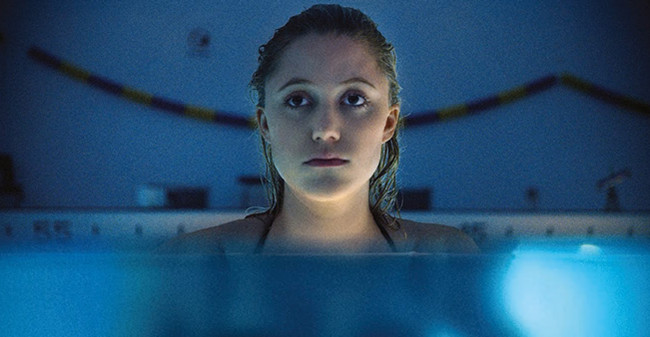
The most important part of a film is its ending. An otherwise good movie with a bad ending will be seen by most as an overall disappointment. In a similar vein, a film can drag in a few places and leave the audience intrigued as they walk out of a theatre. If there’s one genre known for striking endings, it’s the horror genre. With that in mind, let’s discuss ten of the most disturbing horror movie endings.
10. It Follows
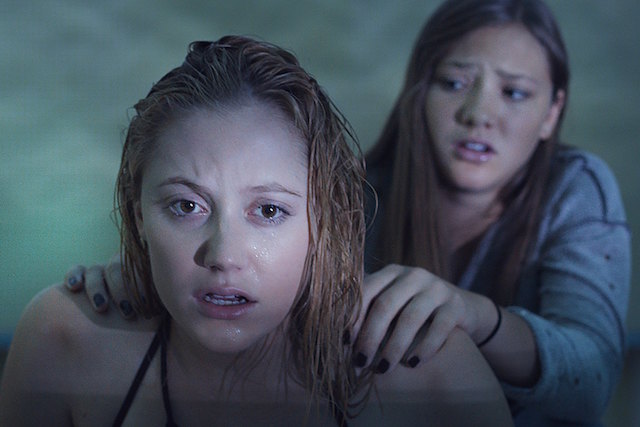
Sex is the enemy. At least it is in numerous horror films. This sexphobia primarily takes one of two forms: killers whose violence has a sexual component (Cat People, The Silence of the Lambs) and films where teenagers’ pursuit of the opposite sex stops them from noticing the man who’s trying to kill them until it’s too late (Halloween, A Nightmare on Elm Street).
It Follows distinguishes itself from its peers by simultaneously being less coy and more puritanical. Sex is directly the source of danger in this movie – sleep with the wrong person and a shapeshifting monster will slowly track you down and kill you. What’s more frightening is that the monster only takes on the forms of regular people, making it difficult to even spot the creature.
This theme of taking the ordinary (sex, regular people) and making it terrifying is perfectly encapsulated in the film’s final scene. We see the film’s protagonist and her boyfriend walking down the street as a man approaches them slowly, deliberately – like the monster – in the background of the shot.
Is he the creature come to kill them? If so, they don’t have much of a chance to escape. If the man in the background isn’t the monster, the audience reaction to him is indicative of a paranoia that may haunt our heroes for as long as they live.
9. Carrie

Carrie, Brian De Palma’s most acclaimed thriller, is about the impossibility of escape. We may try to escape the sources of pain in our lives (abusive parents, schoolyard bullies, psychokinetic powers) but they will always be part of us.
Trying to escape our baggage may even cause it to reassert itself more powerfully than before – as it did to Carrie. Carrie tries to escape the evils surrounding her by attacking her tormenters, and dies in the process; she becomes a source of trauma for all those who survived that fateful prom night.
The ending of the film emphasized this theme through a trademark De Palma attack at the jugular. Carrie’s former acquaintance Sue Snell walks toward a makeshift grave for the poor girl that was created by the remains of her destroyed home.
As she places a wreath on the grave, Pino Donaggio’s dreamy, mournful score compliments the otherworldliness of the scene, which is shot with a heavenly glow. She kneels and puts a bouquet of flowers by the grave, only for Carries’ bloodied hand to shoot out of the ground, grab her, and try to pull her into the ground. De Palma cuts to reveal that the whole incident is a bad dream. While Carrie White is dead, the trauma she created lives on in Sue, and a new cycle of pain has begun.
8. The Last House on the Left
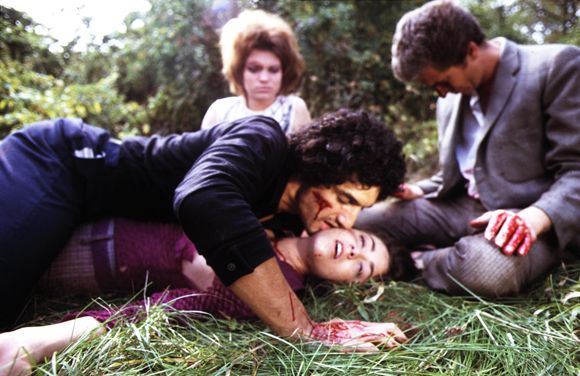
Moralism makes for stunning cinema. The Last House on the Left, like all of Wes Craven’s early features, is amateurish on a technical level and has difficulty juggling its various tones, yet it remains in the public memory nearly fifty years after its release because of its troubling moral center, which might be more disturbing than its infamous violence.
The story is simple enough. Mari Collingwood goes to the city with her friend Phyllis and meets a man named Krug. Krug and his gang kidnap, rape, and kill the girls and dispose of their bodies in a river.
Later that day, Krug and company arrive at the house of a middle-aged couple and ask to stay the night not realizing that they have arrived at the Collingwood residence. The Collingwoods realize their daughter hasn’t come home because of these brutes and decide to get revenge on the gang in any way they can.
After mutilating several members of the gang, the film ends on a freeze-frame shot of Mr. Collingwood about to attack a gang member with his chain saw; the film then fades to blood-red. What is Craven trying to say about the Collingwoods? Are they just as evil as the people who brutalized their daughter? Is their sin fighting back or going too far? The film never specifies, and that ambiguity haunts filmgoers to this day.
7. Night of the Living Dead
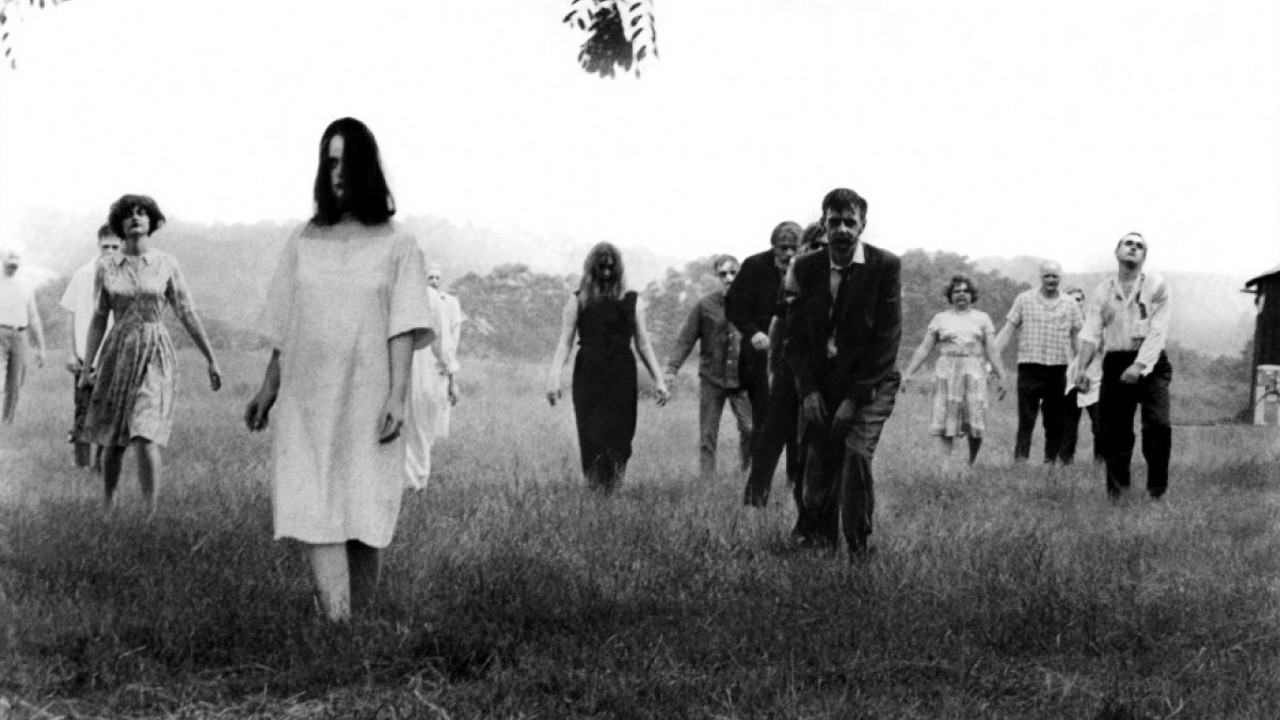
Zombies can be scary, but they don’t hold a candle to nihilism. George A. Romero’s debut opus Night of Living Dead hooks viewers with its zombie hoard but haunts them with its nihilistic finale.
After managing to survive an apocalypse of flesh-eaters with nothing but his own wits and gumption, our hero Ben is mistaken for a zombie, shot, and burned in a bonfire of defeated zombies. Earlier American horror films like Dracula or House of Wax comforted audiences with the deaths of villains, but the death of a hero, followed by impersonal news footage and driving ambient noise, was something new and shocking.
Perhaps the darkness and chaos of the late 1960’s had seeped its way into Romero’s film. The gun-related death of Ben, an African-American male, must have been harrowing for filmgoers who had recently endured the assassinations of Malcolm X and Martin Luther King, Jr.
Yet, even if Night had been released before those tragedies, it would still hold undeniable powers. The idea that a character like Ben could fight so hard for nothing is more frightening than a thousand gallons of fake blood.
6. Rosemary’s Baby
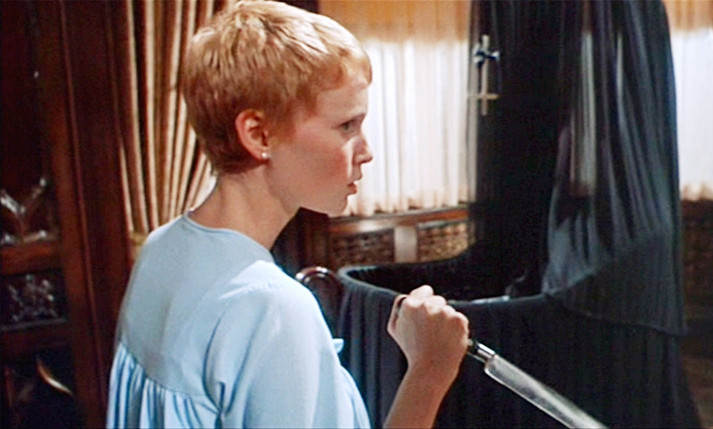
The concept of the apocalypse is one of the most potent among human traditions. Every major religious faith teaches that the world will someday come to a spectacular end, and the Book of Revelation remains one of the most frightening books ever written. Roman Polanski’s Rosemary’s Baby has its moments of overt terror, but its true dynamism comes from its quieter scenes, from its suggestions of the apocalypse on the horizon.
After Rosemary Woodhouse finds her kidnapped son being cared for by an elderly cabal of witches, she finds his crib and looks upon him for the first time; Polanski’s restrained camera keeps his visage from the audience. Rosemary screams:” What have you done to him? What have you done to his eyes?” She is told that the child has his father’s eyes. The elderly witches brag that they have brought about the birth of the Antichrist.
Later, a defeated Rosemary sits in the corner of the room as a Satanist tries to comfort her crying son. The baby continues to cry, and Rosemary asks if she can rock the baby’s cradle instead. She then begins to comfort her child as a lullaby plays on the soundtrack. Is Rosemary giving up or simply fulfilling her maternal duties? What limits should be put on a mother’s love? Polanski leaves us with the dilemma.
The film masterfully gives us inklings of evil. It never depicts the child or the apocalypse – our minds are left to create those unseen horrors.